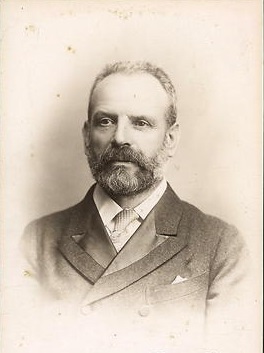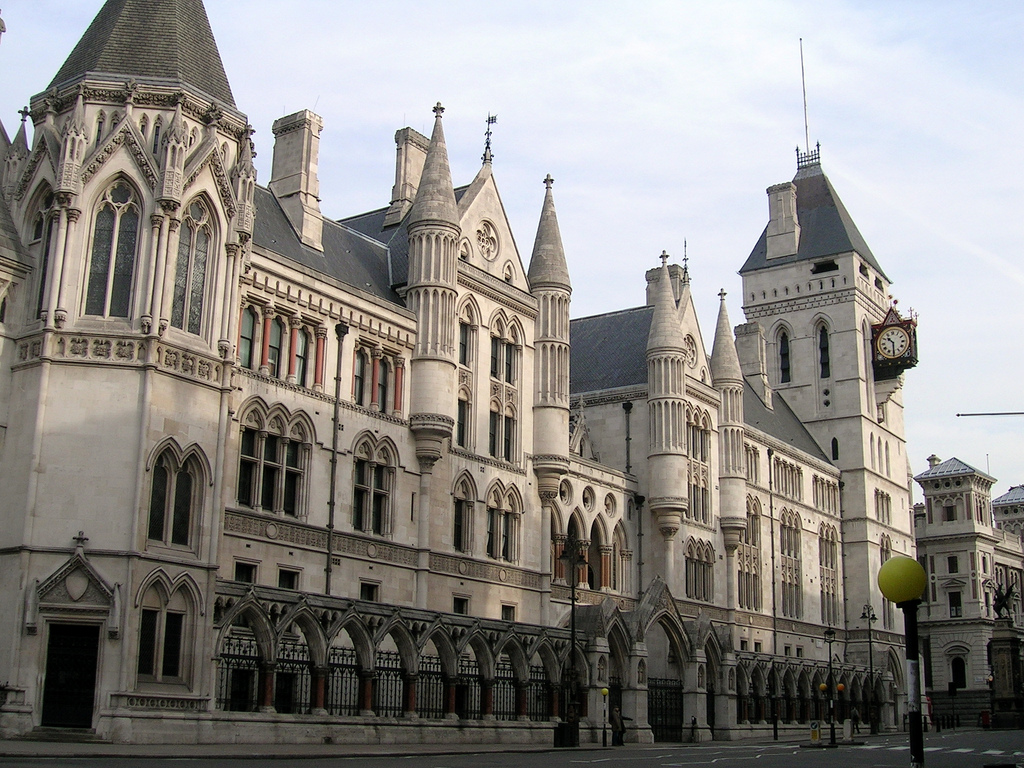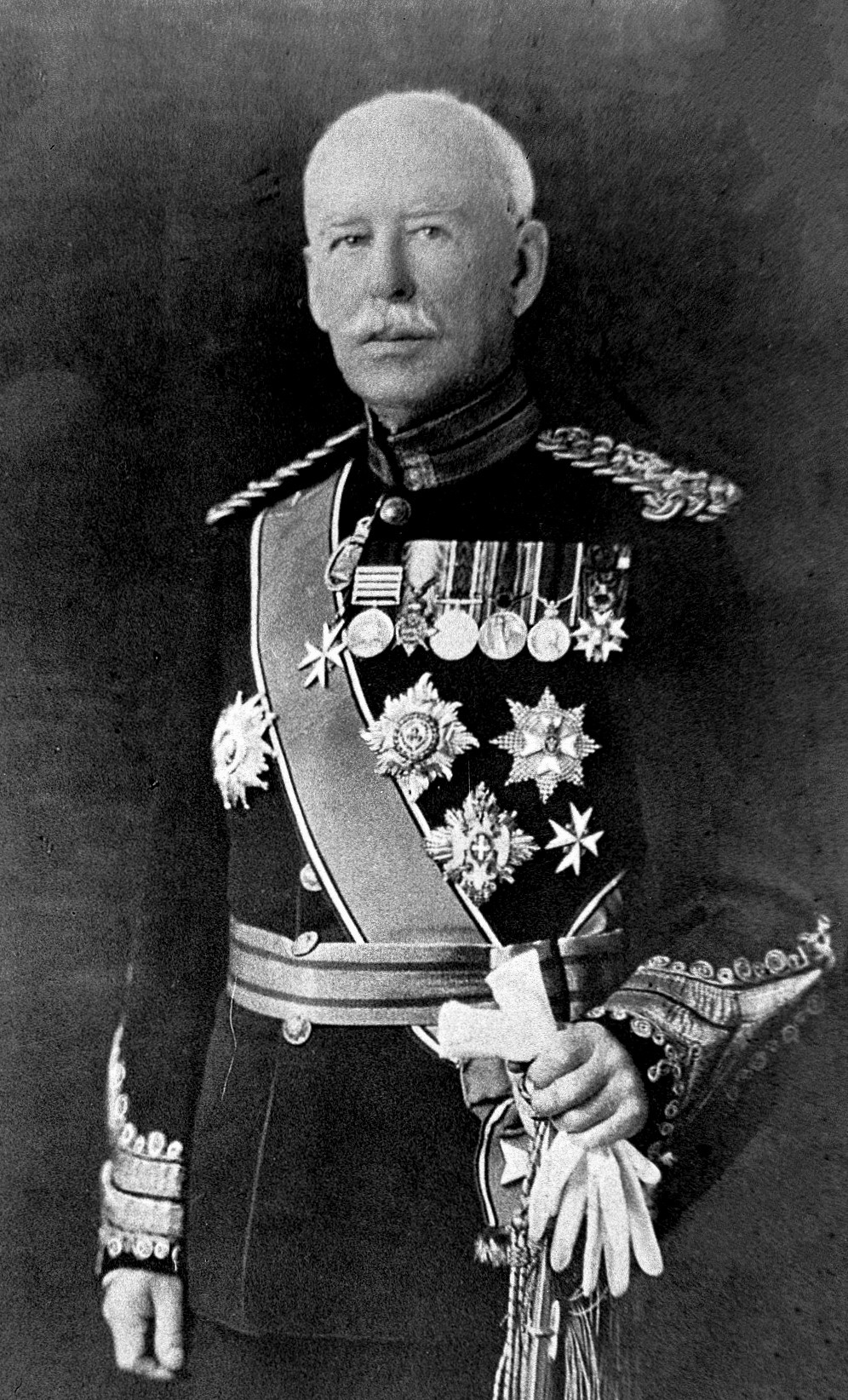|
1917 New Year Honours
The 1917 New Year Honours were appointments by King George V to various orders and honours to reward and highlight good works by citizens of the British Empire. The appointments were published in several editions of ''The London Gazette'' in January and February. The 1 January list contained only military honours earned during the ongoing war, particularly for the Battle of the Somme, while political honours were delayed. The announcement was celebrated by ''The Times'' in its New Year's Day reporting: "It is a welcome change to publish a list of New Year's Honours which have been earned altogether in the honourable service of the State. What are sometimes called 'political honours' – the results too often of personal and party manoeuvres – seem indescribably repellent in these days of national strain. We cannot, unfortunately, congratulate ourselves that their omission to-day is anything more than a postponement; but for the moment at all events we have a list confined en ... [...More Info...] [...Related Items...] OR: [Wikipedia] [Google] [Baidu] |
George V
George V (George Frederick Ernest Albert; 3 June 1865 – 20 January 1936) was King of the United Kingdom and the British Dominions, and Emperor of India, from 6 May 1910 until his death in 1936. Born during the reign of his grandmother Queen Victoria, George was the second son of Albert Edward, Prince of Wales, and was third in the line of succession to the British throne behind his father and his elder brother, Prince Albert Victor. From 1877 to 1892, George served in the Royal Navy, until the unexpected death of his elder brother in early 1892 put him directly in line for the throne. On Victoria's death in 1901, George's father ascended the throne as Edward VII, and George was created Prince of Wales. He became king-emperor on his father's death in 1910. George's reign saw the rise of socialism, communism, fascism, Irish republicanism, and the Indian independence movement, all of which radically changed the political landscape of the British Empire, which itself r ... [...More Info...] [...Related Items...] OR: [Wikipedia] [Google] [Baidu] |
Thomas Roe, 1st Baron Roe
Thomas Roe, 1st Baron Roe (13 July 1832 – 7 June 1923), known as Sir Thomas Roe between 1894 and 1917, was a British businessman and Liberal politician, particularly associated with the town of Derby. Background and early life , Roe was the son of Thomas Roe, a timber merchant and Mayor of Derby, and his wife Deborah, daughter of Absalom Oakley. He began to work in the office of his father's company, Messr Roe & Sons, timber merchants, at the age of fourteen and became a partner at the age of twenty-two. Political career At the age of 26 he became a member of the Derby Town Council and served as Mayor of Derby from 1864 to 1865. He was particularly interested in education, and was one of the original members of the Derby School Board in 1870 and later served as Chairman of the Education Committee of the town council. He entered Parliament for Derby in an 1883 by-election, a seat he held until he was defeated at the 1895 general election. Roe was again Mayor of Derby from 18 ... [...More Info...] [...Related Items...] OR: [Wikipedia] [Google] [Baidu] |
Walter Congreve
General Sir Walter Norris Congreve, (20 November 1862 – 28 February 1927), was a British Army officer in the Second Boer War and the First World War, and Governor of Malta from 1924 to 1927. He received the Victoria Cross, the highest award for gallantry in the face of the enemy that can be awarded to British and Commonwealth of Nations, Commonwealth forces. Early life Walter Norris Congreve was the son of William and Fanny E. Congreve of Castle Church, Stafford. He was educated at Twyford School, Harrow School and Pembroke College, Oxford. Early military career Congreve was commissioned a Lieutenant (British Army and Royal Marines), lieutenant in the Rifle Brigade (Prince Consort's Own), Rifle Brigade on 7 February 1885 and promoted to Captain (BARM), captain on 6 December 1893. Second Boer War The Second Boer War started in October 1899 with a Boer offensive into the British-held Natal Colony, Natal and Cape Colony areas. Congreve arrived in South Africa and was posted as ... [...More Info...] [...Related Items...] OR: [Wikipedia] [Google] [Baidu] |
Charles Kavanagh
Lieutenant General Sir Charles Toler MacMorrough Kavanagh, (25 March 1864 – 11 October 1950) was a British Army officer who commanded the Cavalry Corps at the Battle of Amiens. Military career Born the son of Arthur MacMorrough Kavanagh, The MacMorrough and Mary Frances Forde-Leathley and educated at Harrow School and the Royal Military College, Sandhurst, Kavanagh was commissioned into the 3rd Dragoon Guards in February 1884 and transferred to the 10th Royal Hussars two weeks later. He was promoted to captain on 29 April 1891. On 12 June 1895 he was appointed adjutant to the 6th Yeomanry Brigade (Prince Albert's Own Leicestershire Yeomanry Cavalry and Derbyshire Yeomanry Cavalry); this posting ended on 16 February 1903. He served in the Second Boer War as Commanding Officer of the 10th Royal Hussars, and was promoted to major on 6 January 1900, and to brevet lieutenant-colonel on 29 November 1900. Following the end of the war in May 1902, Kavanagh returned to the Uni ... [...More Info...] [...Related Items...] OR: [Wikipedia] [Google] [Baidu] |
Hayward Reader Whitehead
Major-General Sir Hayward Reader Whitehead (1855–1925) was a British Army surgeon who had a distinguished career in India, Malta, and during World War I. Early life Whitehead was born at Gawcott in Buckinghamshire on 14 July 1855, the son of the Revd. T. C. Whitehead, later head teacher of Christ's College, Finchley. He qualified as a surgeon at Charing Cross Hospital and then worked at the Royal Westminster Ophthalmic Hospital before joining the Royal Army Medical Corps. Military career Whitehead rose through the ranks from surgeon Captain to surgeon Major, serving as Assistant Professor of Military Surgery in the Army Medical School at Netley between 1892 and 1896. He served in India from 1897, receiving further promotions to the rank of Colonel. In 1909 he returned to England as Surgeon General, before moving to Malta in 1915. He was Principal Medical Officer at Salonika Thessaloniki (; el, Θεσσαλονίκη, , also known as Thessalonica (), Saloniki, or Salonica () ... [...More Info...] [...Related Items...] OR: [Wikipedia] [Google] [Baidu] |
Beauvoir De Lisle
General Sir Henry de Beauvoir De Lisle (27 July 1864 – 16 July 1955), known as Beauvoir De Lisle, was a British Army officer and sportsman. He served in both the Second Boer War and the First World War. Military career Born in Guernsey and educated in Jersey, De Lisle was commissioned into the 2nd Bn Durham Light Infantry in 1883. He saw service with the Mounted Infantry in Egypt between 1885 and 1886, being awarded his DSO there, and was promoted to the rank of captain on 1 October 1891. He studied at the Staff College in 1899. During the Second Boer War he commanded the Australian Brigade, a mobile column comprising the 6th Battalion Mounted Infantry, the West Australian Mounted Infantry, the South Australian Imperial Bushmen and the New South Wales Mounted Rifles. He was severely wounded and three times mentioned in despatches. Promotion to major followed on 1 January 1902, and to the brevet rank of lieutenant-colonel on the following day. During the early months of 1902 ... [...More Info...] [...Related Items...] OR: [Wikipedia] [Google] [Baidu] |
Ivor Maxse
General Sir Frederick Ivor Maxse, (22 December 1862 – 28 January 1958) was a senior British Army officer who fought during the First World War, best known for his innovative and effective training methods. Early life Ivor Maxse was the eldest of four children born to Admiral Frederick Maxse and Cecilia Steel. His siblings were Olive Hermione Maxse, and editors Violet Milner, Viscountess Milner, and Leopold Maxse. His maternal grandmother was Lady Caroline FitzHardinge, daughter of Frederick Berkeley, 5th Earl of Berkeley. He was a nephew of Sir Henry Berkeley Fitzhardinge Maxse He was educated at Mr. Lake's Preparatory School in Caterham, Surrey from 1875 to 1877; Rugby School from 1877 to 1880 and Sandhurst from 1881 to 1882.Correlli Barnett, �Maxse, Sir (Frederick) Ivor (1862–1958)��, rev. Roger T. Stearn, ''Oxford Dictionary of National Biography'', Oxford University Press, 2004; online edn, May 2008, accessed 5 June 2011. Early military career Maxse was commiss ... [...More Info...] [...Related Items...] OR: [Wikipedia] [Google] [Baidu] |
William Lowther Grant
Admiral Sir William Lowther Grant (10 November 1864 – 30 January 1929) was a Royal Navy officer who went on to be Commander-in-Chief, North America and West Indies Station. Naval career Grant joined the Royal Navy in 1877,Sir William Lowther Grant Liddell Hart Centre for Military Archives and served in the in 1882. He was later on board , of the Commander-in-Chief, |
High Court Of Justice
The High Court of Justice in London, known properly as His Majesty's High Court of Justice in England, together with the Court of Appeal and the Crown Court, are the Senior Courts of England and Wales. Its name is abbreviated as EWHC (England and Wales High Court) for legal citation purposes. The High Court deals at first instance with all high value and high importance civil law (non- criminal) cases; it also has a supervisory jurisdiction over all subordinate courts and tribunals, with a few statutory exceptions, though there are debates as to whether these exceptions are effective. The High Court consists of three divisions: the King's Bench Division, the Chancery Division and the Family Division. Their jurisdictions overlap in some cases, and cases started in one division may be transferred by court order to another where appropriate. The differences of procedure and practice between divisions are partly historical, derived from the separate courts which were merged in ... [...More Info...] [...Related Items...] OR: [Wikipedia] [Google] [Baidu] |
Samuel Thomas Evans
Sir Samuel Thomas Evans (4 May 1859 – 13 September 1918) was a Welsh barrister, judge and Liberal politician. Background and education Evans was born at Skewen, near Neath, Glamorganshire, the only son of John Evans, a grocer, and his wife Margaret, both originally of Cardiganshire. He was educated in Swansea, at University College, Aberystwyth, and the University of London. Family Evans married firstly Rachel, daughter of William Thomas, in 1887. They had one son. After his first wife's death in 1889 he married secondly Blanche, daughter of Charles Rule, in 1905. They had one daughter. Legal career He qualified as a solicitor in 1883. On 28 April 1891 he was admitted to the Middle Temple and on 10 June 1891 he was called to the Bar. Evans gained a large practice on the South Wales circuit and in 1901 he became the last QC appointed by Queen Victoria. He served on the Neath Town Council during the 1880s. He was a Recorder of Swansea from 1906 to 1908 and became a Be ... [...More Info...] [...Related Items...] OR: [Wikipedia] [Google] [Baidu] |
Alfred Keogh
Lieutenant-General Sir Alfred Henry Keogh, (3 July 1857 – 30 July 1936) was a medical doctor in the British Army. He served as Director-General Army Medical Services twice; from 1905 to 1910 and 1914 to 1918. Early life Keogh was born in Dublin on 3 July 1857 to Henry Keogh, a barrister and magistrate of Roscommon. He was educated at Queen's College, Galway, and Guy's Hospital, London. He received his Doctor of Medicine (MD) degree from the Queen's University of Ireland in 1878. Upon graduation he moved to London to undertake his house officer placements. He served as a house physician at the Brompton Hospital for Diseases of the Chest, and as a clinical assistant at the Royal Westminster Ophthalmic Hospital. Military career On 2 March 1880, Keogh was commissioned into the Army Medical Services as a surgeon-captain. His first posting was as a surgeon to the Royal Arsenal, Woolwich. On 6 March 1892, he was promoted to surgeon-major. With the outbreak of the Second Bo ... [...More Info...] [...Related Items...] OR: [Wikipedia] [Google] [Baidu] |
2nd Dragoon Guards (Queen's Bays)
The 2nd Dragoon Guards (Queen's Bays) was a cavalry regiment of the British Army. It was first raised in 1685 by the Earl of Peterborough as the Earl of Peterborough's Regiment of Horse by merging four existing troops of horse. Renamed several times, it was designated the Queen's Regiment of Dragoon Guards in 1746 as it evolved into a dragoon unit. (Dragoons described a force of highly mobile mounted infantry equipped with lighter, faster horses and carrying firearms) and later named the 2nd Dragoon Guards (Queen's Bays) in 1767 to reflect the custom of its soldiers riding only bay horses. The regiment served as horse cavalry until 1937, when it was mechanised with light tanks. The regiment became part of the Royal Armoured Corps in 1939. After service in the First and Second World Wars, the regiment amalgamated with the 1st King's Dragoon Guards in 1959 to form the 1st The Queen's Dragoon Guards. History Early history The regiment was raised in 1685 as the Earl of Peterborough ... [...More Info...] [...Related Items...] OR: [Wikipedia] [Google] [Baidu] |







_(14577874670).jpg)

